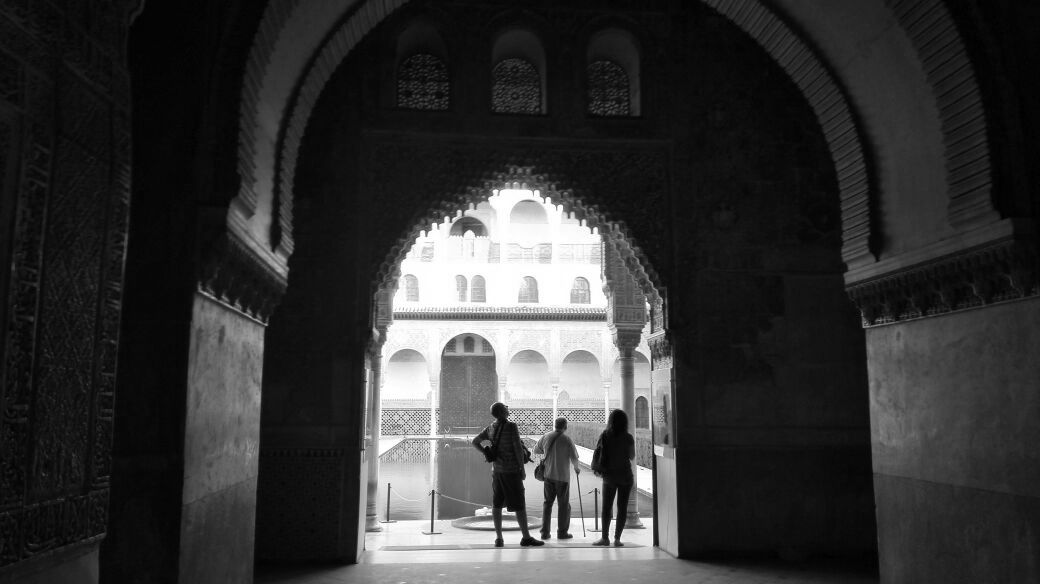The Alhambra in Granada is one of the most visited monuments in Spain, and even in the world. It is the greatest and richest legacy of the power and wealth that the Nasrid kingdom achieved until 1492, the year in which the Nasrid city handed over the city to the Christian kings. An authentic work of art whose visit becomes mandatory if we want to know the Muslim past of the Iberian Peninsula.
Every day it receives thousands of visitors and it is not unusual for tickets to be sold out, and there is so much to see that it is advisable to know in advance what the Alhambra is, what spaces it is made up of, what can be visited, how we manage the visit for tourists, to so you can enjoy an excellent and maximally profitable visit. To that end, we want to offer you basic information that can be very useful and that sometimes we find ourselves with doubts that a priori may seem easy to resolve or understand, but from the point of view that visits us, it can be somewhat confusing.
WHAT IS THE ALHAMBRA ?
Basic and easy a priori question, right? The Alhambra was built between the 13th and 14th centuries, it was the capital of the great Nasrid kingdom which came to cover a large territory in the south of the peninsula, including Granada, Almería and Málaga, as well as part of other provinces. It is a large monumental complex made up of various palaces, towers, gates and defensive walls, as well as gardens and irrigation ditches. An entire medieval walled city, which was the residence of emirs, sultans and kings from the 13th century to the 16th century.
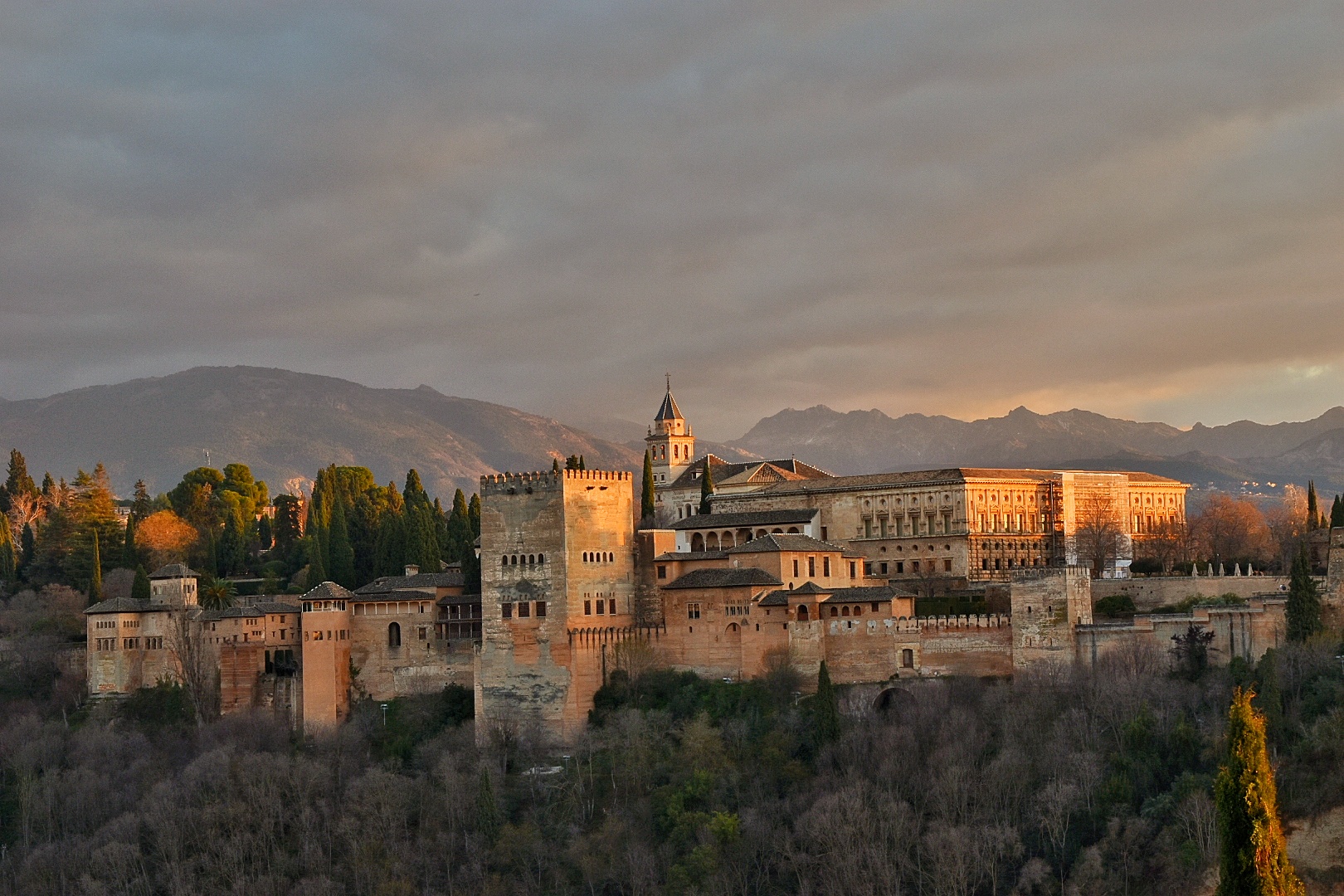
BUILDINGS AND VISITABLE SPACES
It should be noted that beyond the spaces we detail, it is made up of more buildable elements and spaces, but that the Board of Trustees for conservation reasons is not open to the public or is only open certain days a year.
The Nasrid Palaces
Many people who think of the Alhambra are actually referring to the Nasrid Palaces, built by Ismail I, Yusuf I and Mohamed V. It was the residence of the sultans of Granada and is made up of different palaces and patios from different periods. Here is the famous Patio de los Leones, the spectacularThrone Room, the Golden Room, the Comares Palace, the Patio de los Arrayanes or the Ambassadors’ room. Each palace is identified with the sultan who ordered it to be built and it is the only space in the Alhambra that has a defined visiting hour that must be met.
A consideration to take into account and that we encounter with some tourists is, if there are no tickets, is it worth the visit? Well, let’s see… in parts. If it is your first trip to Andalusia, Granada or Spain, I would visit it without a doubt regardless of whether there are tickets to the Nasrid Palaces. If you see that you can change the dates or intention to return, then it would be worth it. But there is no doubt that although the “jewel in the crown” is the Nasrid Palaces, it does not detract in any way from the Alhambra as a whole. If I have no intention of returning or at least modifying the date, it becomes almost impossible.
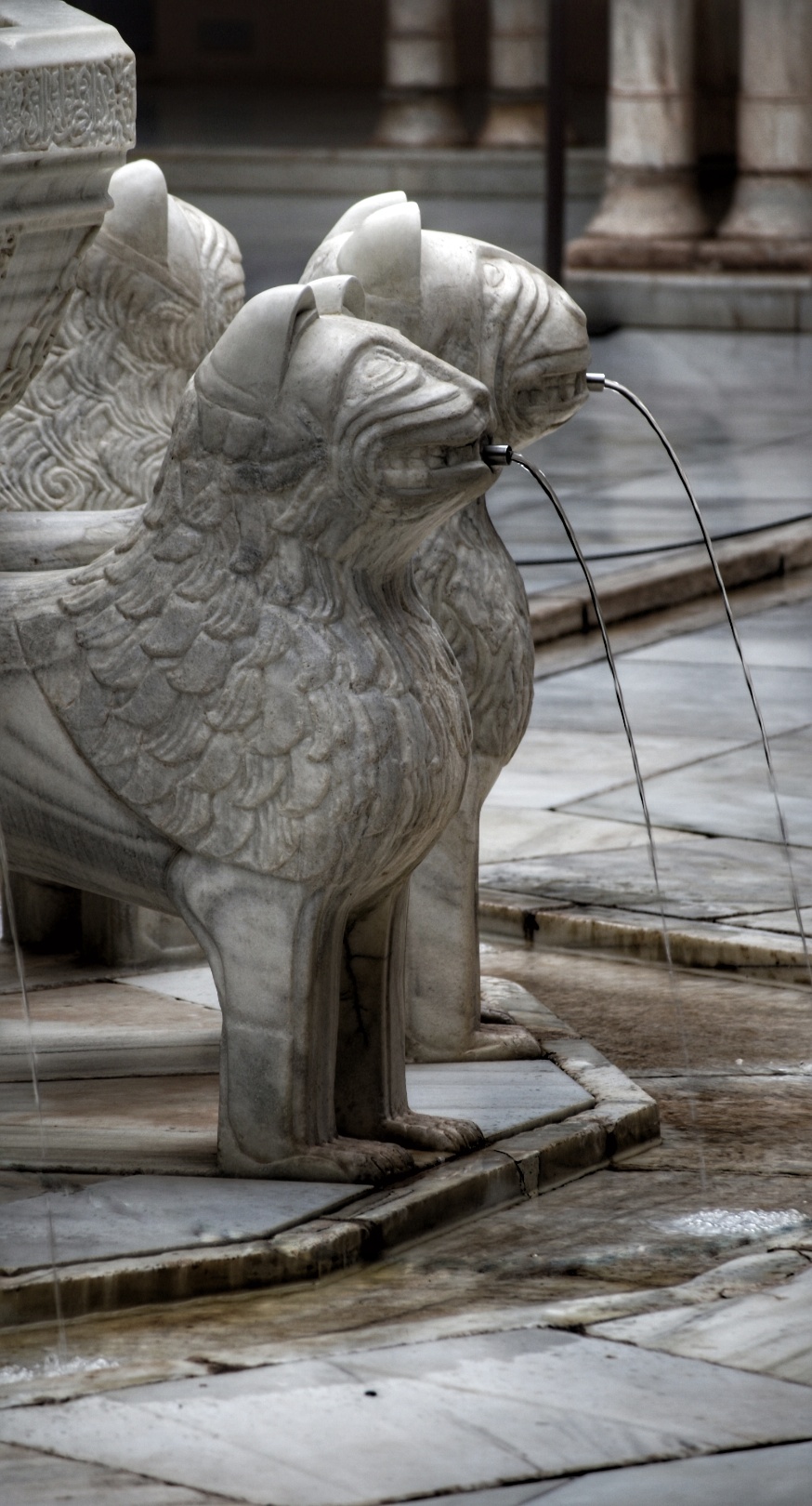
Generalife Palace and Gardens
It is the summer palace, the recreation area used by the sultans of Granada as a resting place outside the walls of the Alhambra. Richly landscaped and used as an agricultural holding. It is well distinguished by being finished in white and there are the Lower Gardens, the Patio del Ciprés de la Sultana, the Escalera del Agua, the Romantic Viewpoint, the Patio de la Acequia, the Ismail I viewpoint or the Royal Room. Depending on the time of access to the Nasrid Palaces, we visit before or after the Generalife.
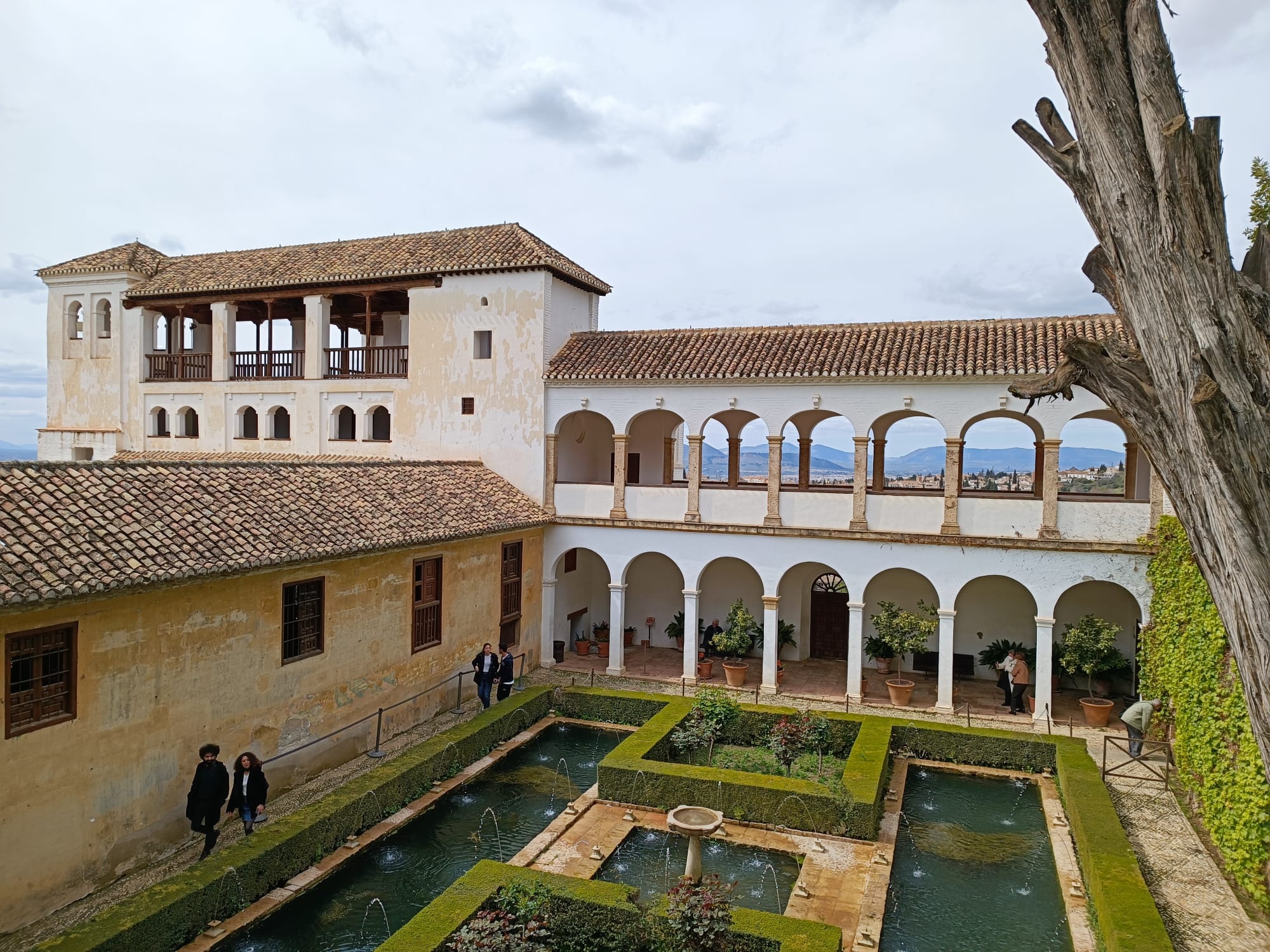
The Partal
Made up of the Partal Gardens, the Ladies Tower, the Oratory and the Partal Casitas. The Partal Palace is the oldest of those preserved in the Alhambra. At its feet, the pool stands out, reflecting its architecture and managing to integrate it into the landscape. It is located among the gardens of the Alhambra in perfect communion with nature. From here, in my opinion, you have the most interesting views towards both the Generalife and Sacromonte, especially if you are fond of photography.
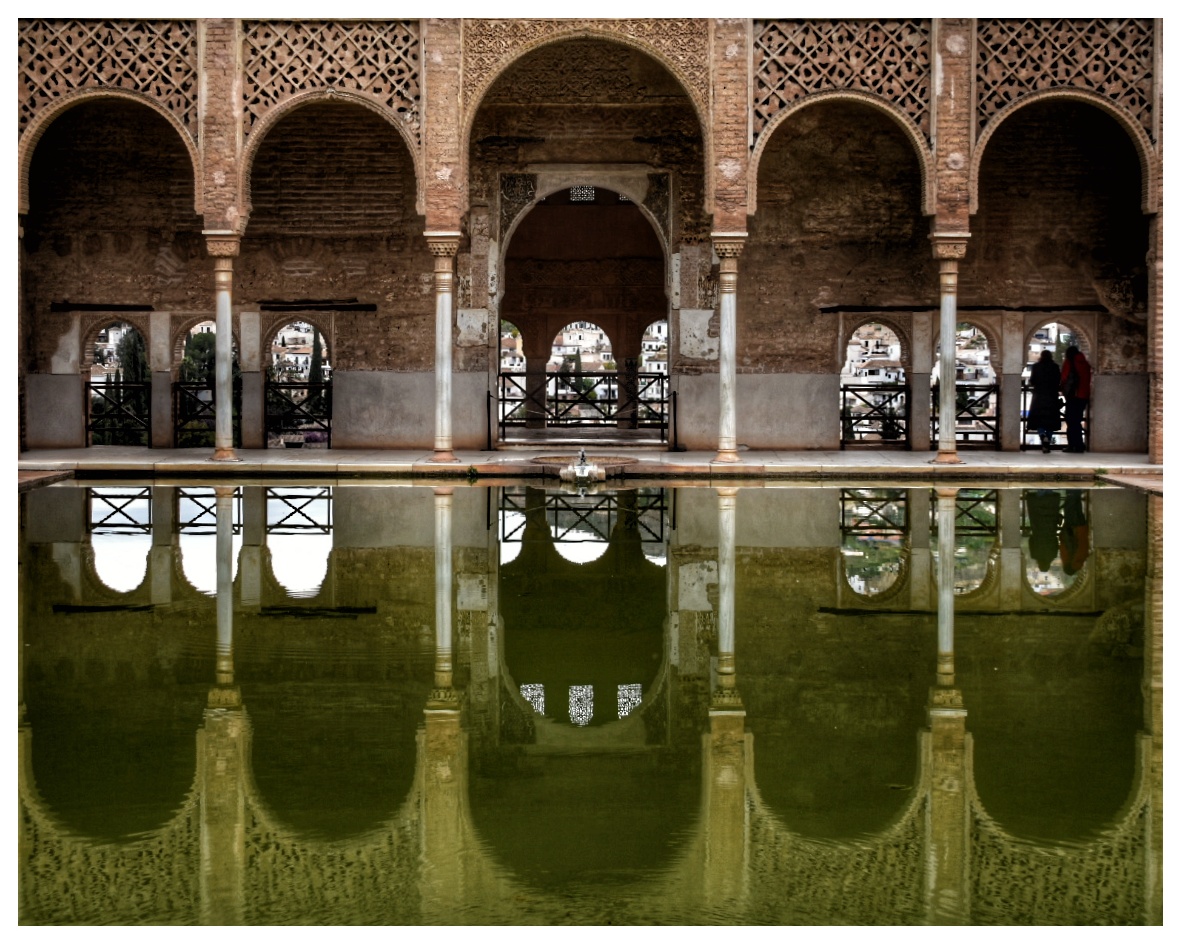
Palace of Charles V
Charles V, King of Spain and Emperor-elect of Germany, decided to build his Royal Palace in the Alhambra, after the visit he made to Granada after his wedding in Seville with Isabel of Portugal in 1526. Its implementation, despite its design and formal quality, changed the image of the venue, altering its interior fabric and connection with the city. The original project contemplated a large porticoed plaza to the west and a smaller one to the south, significantly modifying the accesses. With the style of construction comes a before and after in Renaissance architecture.
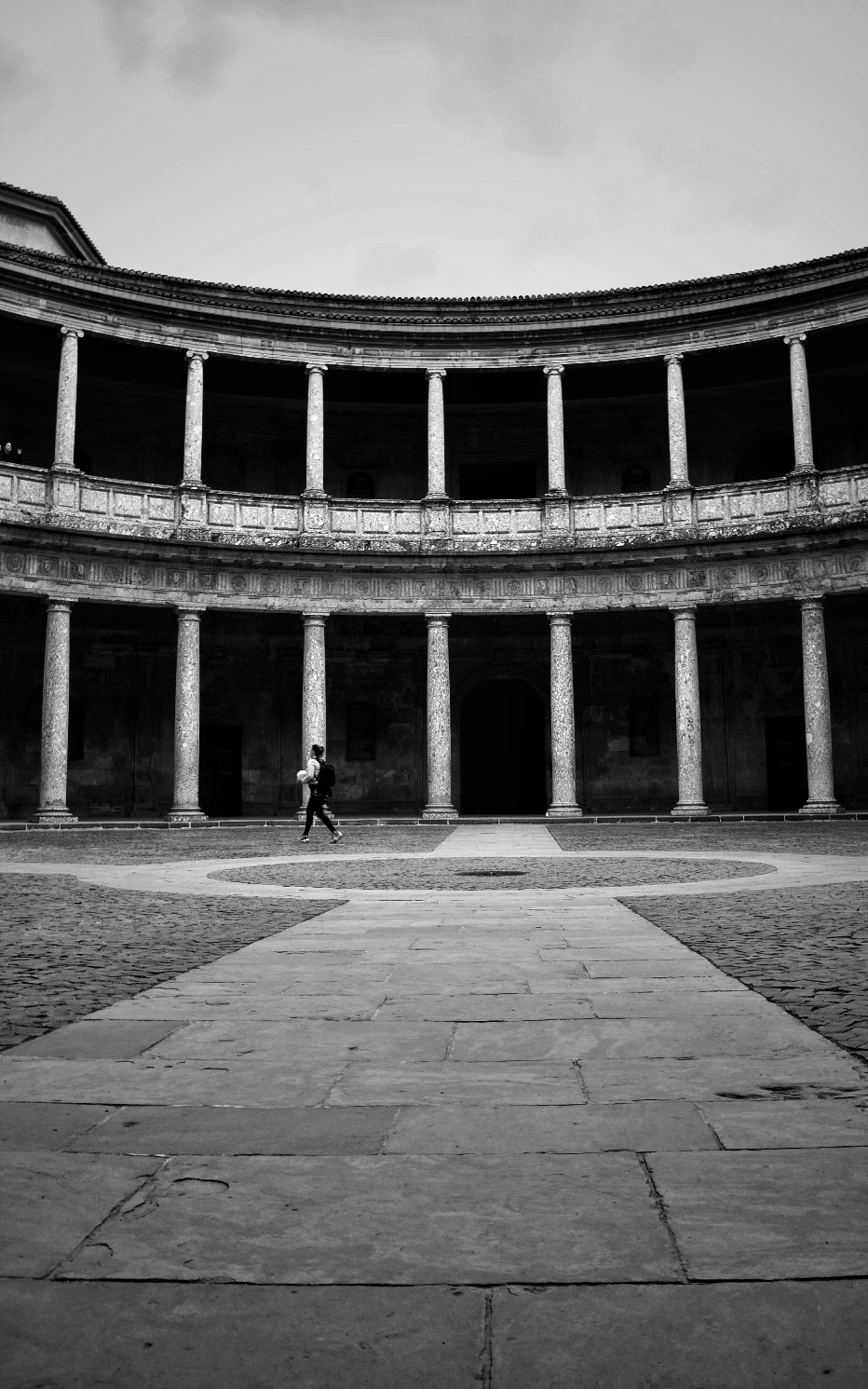
The Alcazaba
It is a fortified military complex and is the oldest part of the Alhambra. The soldiers who protected the city lived there, you can still see the floor plan of their houses, and both its walls and the Torre de la Vela, the Torre Quebrada, the Torre del Homenaje, the Torre de la Pólvora or the Torre de la Pólvora still stand. the Cube Tower.
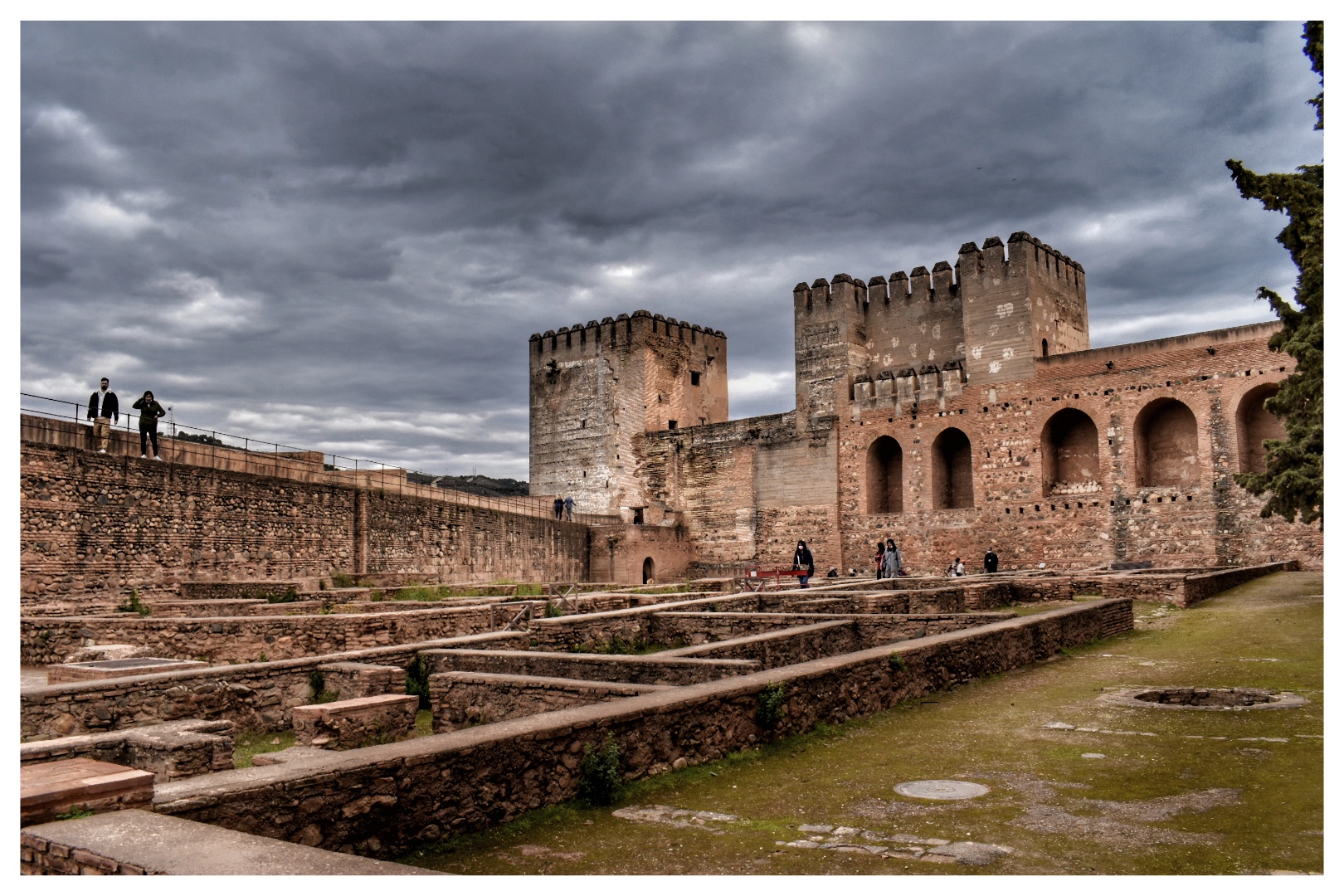
Visit the Alhambra. The issue of identifying yourself in the entries
I am not saying anything new if I comment that tickets to the Alhambra are a very precious treasure for the person who gets them. The high demand to visit the monument, adding the independent access that must be made to visit the Nasrid Palaces, makes it even more complex to get tickets practically all year round.
After a totum revolutum that would be for another post, the purchase of tickets is now open to the public and we can see what quantity there is. The only difference, among others with the old system, and which we at agencies and tour operators try to make clients understand, is that you have to provide their passport data or IDs.
This sensitive information (understandable with what is happening with the issue of cybersecurity), is essential to be able to acquire the ticket. It is a rule imposed by the Board of Trustees of the Alhambra (and that I personally see well), to be able to purchase tickets. can assure you that I have found myself in bizarre situations when requesting the data to be able to withdraw them: “False data because they did not believe what I said, which led to the surprise of not being able to access the monument on the day of the visit, obviously. Call me a liar, that I made it up to access their personal data…” … The person who works in this sector will know what I am talking about and what we encounter on a daily basis.
In summary. Organize a visit to the Alhambra
– Passport or ID data are necessary, yes or yes. Without this information tickets cannot be purchased. It is a rule of the Board of Trustees of the Alhambra.
– We must differentiate between Alhambra General and Alhambra with Generalife Gardens. All tickets include access to the main monumental spaces. The General Alhambra includes Nasrid Palaces.
– I always recommend, within the possibilities of each client, to book the visit well in advance, weeks or even months. Even more so if we want to visit the monument in the spring or winter season. If we are (like me) one of those who like to improvise when the weekend arrives and go on a crazy getaway, we must keep in mind that there may be tickets for the Alhambra, but not for the Nasrid Palaces, or if there are available, The schedule may not suit our needs.
– When entering the monument, prepare your DNI or passport, they will ask you to check it twice.
– Always wear comfortable clothing, avoid the middle of the day, always arrive at least 15 minutes before the start of the visit if you have booked it.
– The use of baby seats is not allowed inside the visitable spaces (Nasrid Palaces, Generalife, Alcazaba and Partal), as well as in the Alhambra Museum. Its use is possible along the routes that link these spaces with each other. There is a stroller custody service and free loan of baby carriers, upon presentation of the day’s ticket.
– For people who use wheelchairs, the route is modified to be able to access the spaces that can be visited through the established accesses.
